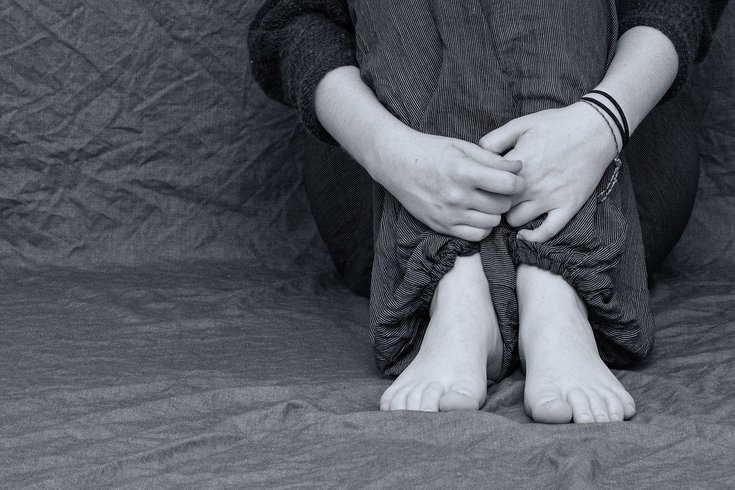
February 04, 2021
 Anemone123/Pixabay
Anemone123/Pixabay
Studies have shown that existing suicide screening tools either fail to detect many young people who are at high risk, or label too many as being at risk.
As suicide rates among U.S. teens continue to rise, identifying potentially at-risk adolescents becomes even more crucial.
Michigan Medicine researchers have developed a personalized screening tool that they say is more effective at detecting youth, ages 12 to 17, at high risk of attempting suicide.
The suicide rate among U.S. adolescents increased by nearly 60% between 2007 and 2018, according to a report released last fall by the U.S. Centers for Disease Control and Prevention. Suicide remains the second-leading cause of death among U.S. teenagers.
The Michigan Medicine researchers used their new screening on 4,829 adolescents, ages 12 to 17, who visited designated emergency departments. They were able to predict the patients' risk for suicide attempt over the next three months with more than 88% accuracy, according to study results published in JAMA Psychiatry.
"This screening tool has the potential to be a step forward in our effort to improve clinical care models to adequately meet the needs of youth mental health," said Cheryl King, director of the Youth and Young Adult Depression and Suicide Prevention Research Program at Michigan Medicine.
There are universal suicide risk screening tools already available to health care providers. But Michigan Medicine researchers say that many young people are still slipping through the cracks.
The most common screening tools used in primary care, school and emergency department settings are the Columbia Suicide Screen, Risk of Suicide Questionnaire, Suicidal Ideation Questionnaire, Diagnostic Predictive Scale and the Ask Suicide-Screening Questions.
Most of these screenings consist of a series of static yes/no questions meant to alert the health care provider or teacher to a young person experiencing distressing thoughts. The Ask Suicide Screening Questions also asks teens to describe their feelings in more detail.
Previous studies have shown that these screening tools either fail to detect many young people who are at high risk, or label too many as being at risk, leading to "false positives."
To cast a more discerning net, Michigan Medicine researchers developed a screening system that they say is more adaptable and, therefore, more personalized.
The Computerized Adaptive Screen for Suicidal Youth is designed to be completed by adolescents admitted to emergency departments for any reason. Because the questionnaire is completed on an electronic device, follow-up questions and the number of overall questions can be tailored to the individual patient.
"Too many young people are dying by suicide and many at high risk go completely unrecognized and untreated," King said. "About half of the youth who die by suicide have never received any mental health services and some die on their first suicide attempt. We saw an urgent need to improve proactive, universal suicide screening of young people."
The computerized questionnaire not only asks adolescents about suicidal thoughts, but also examines other factors that might put them at risk, including sleep problems, trouble concentrating in school, depression and feelings of hopelessness.
"Different combinations of risk factors can place youth at risk," King said. "If we screen only for suicidal thoughts, we will miss some high-risk adolescents.
"There are many reasons young people may not share suicidal thoughts, possibly because they're ashamed, they aren't experiencing the thoughts at the time of screening, or someone reacted in a way they didn't feel was helpful when they shared suicidal thoughts or sensitive information in the past."
The CASSY system can alert health care providers to patients who have high probabilities of a future suicide attempt and identify different levels of risk, from mild to high.
The algorithm for CASSY was based on data from multiple centers that participated in the Emergency Department Screen for Teens at Risk for Suicide funded by the National Institutes of Mental Health.